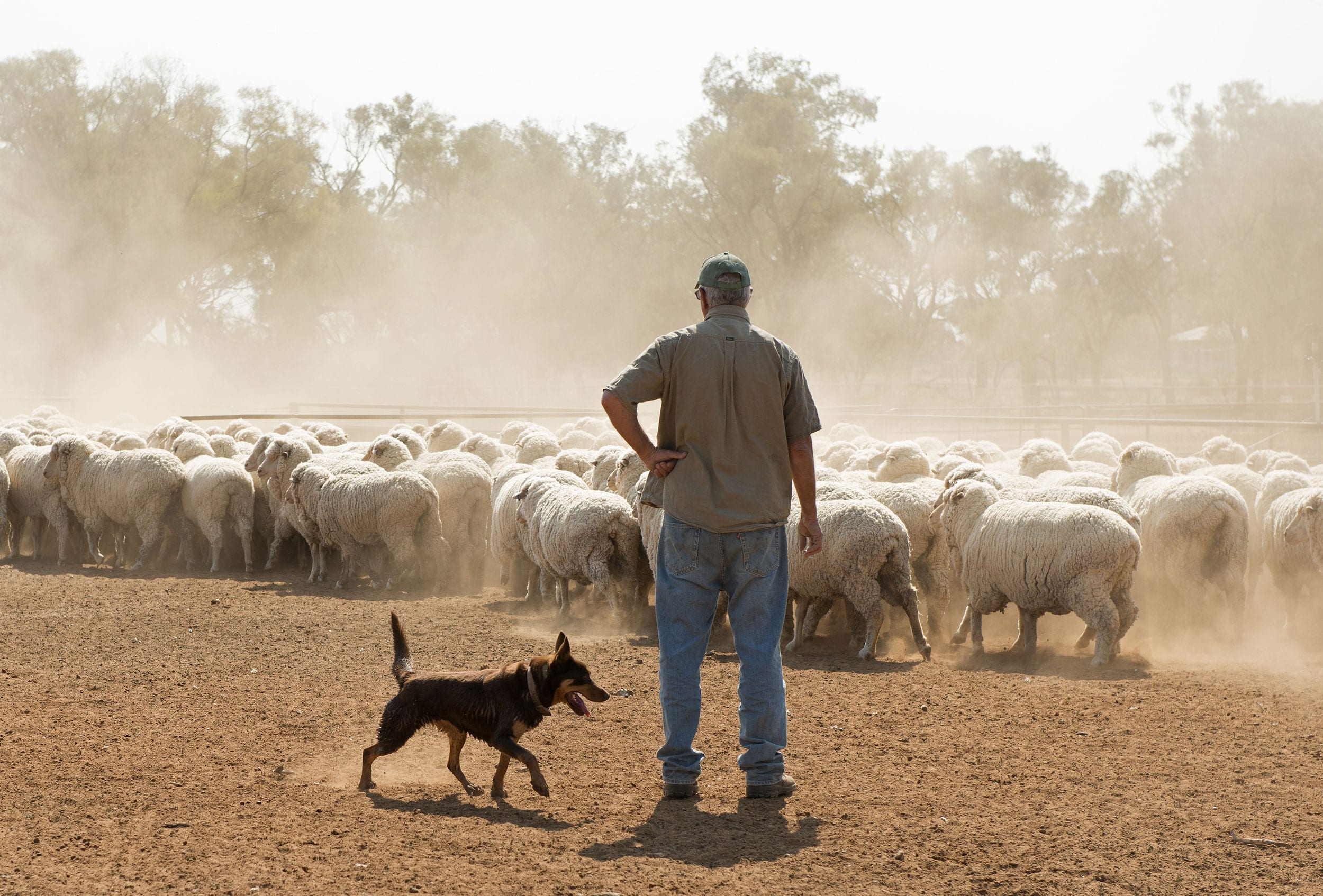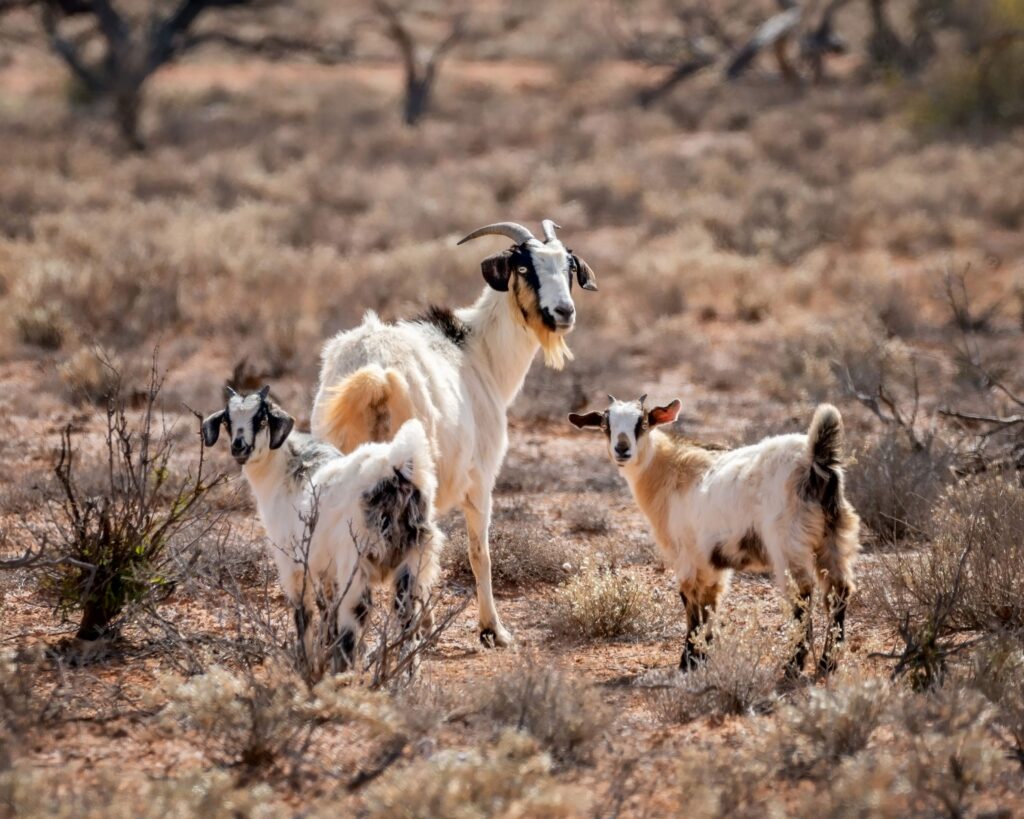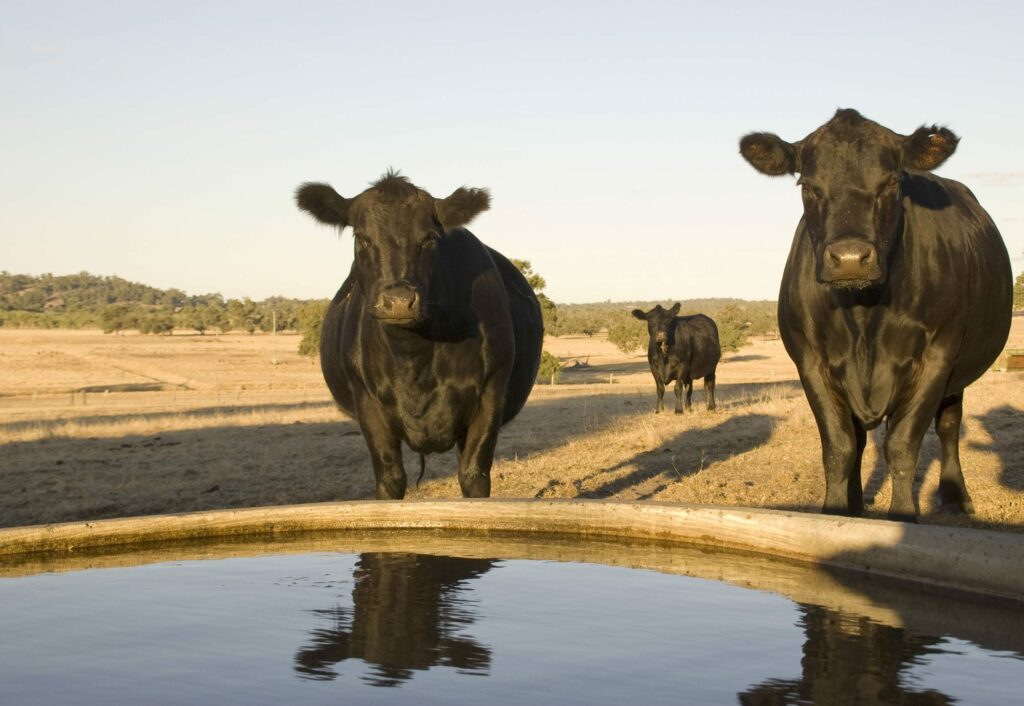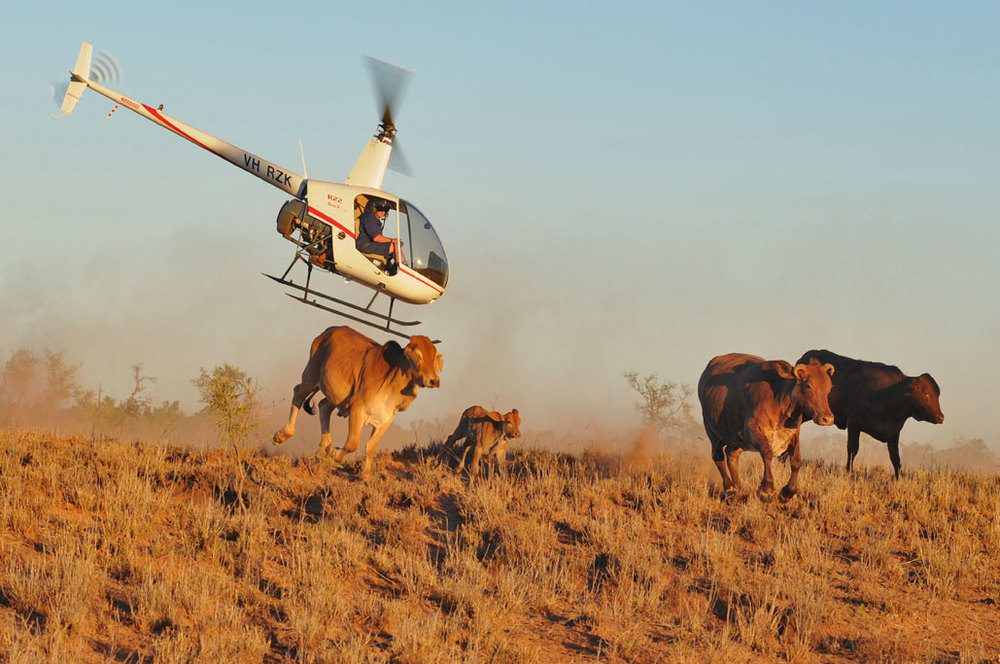
News
4 ways drones can help you on the farm
Agricultural technology is enabling farmers and producers to keep up with the demands of our growing world by helping automate centuries-old farming practices. This includes drones – who are proving their worth in this physically intensive industry.
Read on to find out how drones can help you on the farm…
1. Weed and crop spraying
Taking data collected by drone-mounted cameras, agricultural drones can identify areas that are under threat from invasive weeds or disease. These drones can even help deliver pesticides, herbicides and fertilisers to affected areas and disperse them accurately. For some producers, this method has proven to be more efficient and cost-efficient than manually doing it by hand.
“Spray drones at the moment are probably the biggest thing that I see [in agriculture],” says Fiona Lake, founder of the Rural Drone Academy and award-winning photographer. “It gives you the opportunity to spray tricky areas that couldn’t be accessed before and to spot spray weeds. Weeds cost the world an estimated $8 billion annually.”

2. Countering the impact of feral animals
The loss of livestock to feral animals is a widespread and costly problem. Meat & Livestock Australia estimates that the red meat industry loses approximately $350 million dollars a year to invasive predators such as wild pigs, dogs and foxes. To mitigate further destruction, the tracking of feral animals via drones is essential. Not only can we gain valuable insights into their movement patterns, but it can enable us to implement more effective and targeted on-ground control methods.
For instance, the Judas method can locate whole groups of animals (e.g. feral pigs, goats etc.) by just radio-tracking a small sample of them. “They’ll put radio-trackers on the Judas [animal], as they call them, and send them out. They’ll locate all the family members and the hangers on,” said Fiona Lake.
Drones can aid in this approach by enabling producers and invasive species managers to rapidly search large areas and locate multiple animals in real-time.

3. Tracking stolen and missing livestock
Livestock can be fitted with tags that are discreet and hard to remove. When animals are stolen or missing, specialised radio-tracking drones can be deployed to locate them. These drones can also assist farmers in rapidly recovering animals in the event of a natural disaster, such as a bushfire or flood.
4. Mustering and health
Every year, more than 2.5 million cows in the US die from health problems, costing farmers an estimated US$1.5bn. As a result, agricultural drones play a central part in reducing this by enabling producers to flexibly and rapidly locate livestock no matter where they are on the property.
In conjunction with other technology, data collected by the drone can provide insights into the animals’ health, calving seasons and grazing patterns. Drones can also make mustering animals safer, more cost-efficient and less labour-intensive compared to traditional methods like horses and helicopters.

Drones have the ability to deliver limitless potential on your farm. You can read more about how we’re shaping the farms of the future with Ag Drones.

